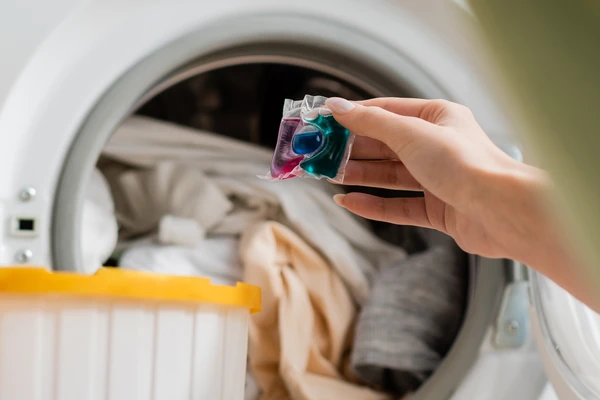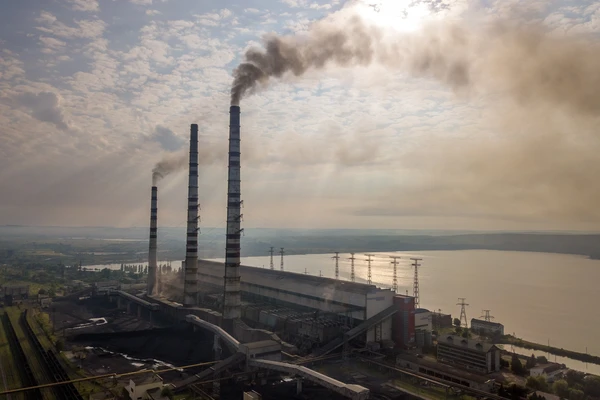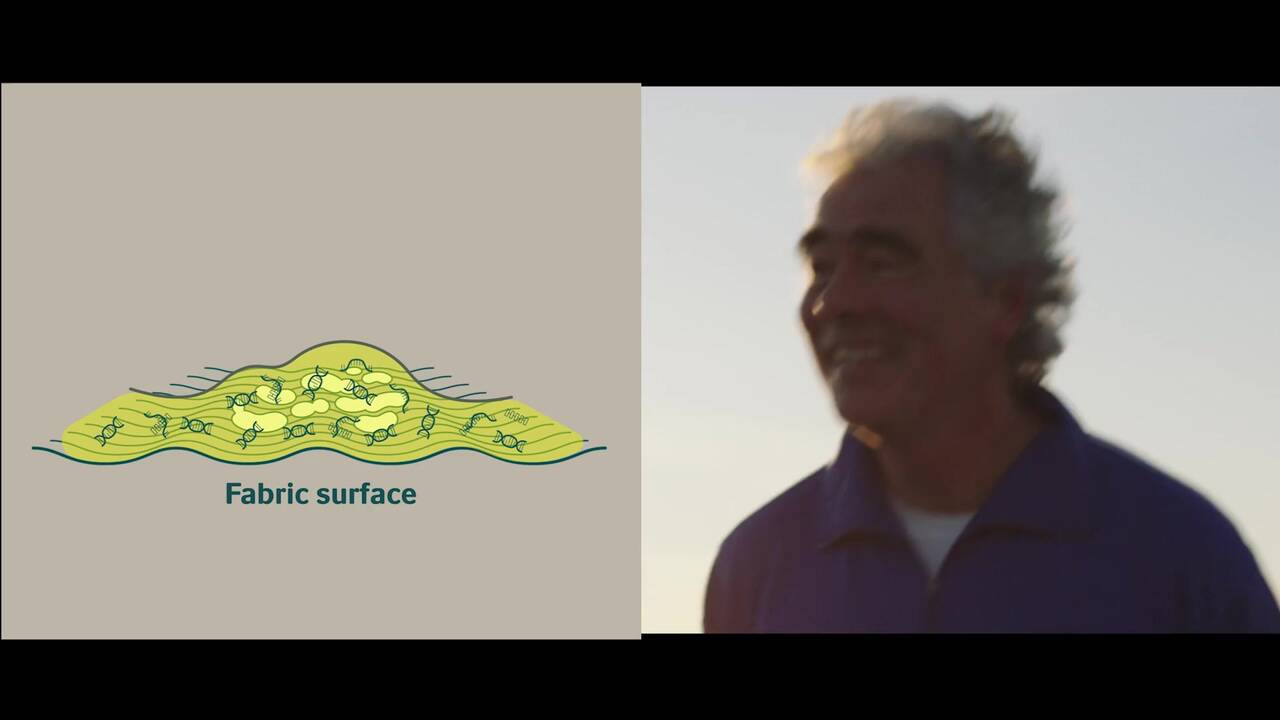Shrinking laundry’s carbon footprint with biosolutions
Let’s accelerate and Rethink Tomorrow
The climate impact of laundry
Did you know that up to 60% of the overall CO2 laundry footprint comes from the washing process in the households? Using energy-efficient machines, colder washes, shorter wash cycles and line drying are just some of the steps we can all take to reduce the climate impact of our laundry.
Another big contribution is the raw materials used. Being aware of the detergents we use is another important step. Only around 15% of a typical laundry detergent’s ingredients are both readily biodegradable and renewable. The remaining ingredients such as most surfactants, polymers and solvents all contribute to the great performance we’ve come to expect from modern laundry detergents. But the continued use of fossil resources is not compatible with a net-zero future.

Every ton counts
55 billion tons - that’s how much of CO2 mankind emitted into our atmosphere in 2021. This number needs to be reduced by 45% by 2030 and reach net zero by 2050 to keep global warming to no more than 1.5°C.
So, every ton we can save when producing and using detergents really counts. This is where biosolutions in our laundry detergents play a role.
Today, with enzyme-rich biological detergents, we can...
… wash at colder temperatures, saving large amounts of heating energy to cut emissions. How? Because enzymes are highly effective in colder environments.

… use smaller dosages of detergent for every wash load, compaction, which also brings down CO2 emissions from packaging and transportation. How? Because surfactants get ‘used up’ during the wash process, but enzymes keep working to the end. That makes enzymes effective at much smaller doses than the chemicals they replace.

… keep the clothes we love for longer and shrink the carbon footprint of our wardrobe. How? Because enzymes remove stains, keep colors bright and whites white and remove body grime, odor and fuzz and pills

… globally put less pressure on water-living organisms in lakes and rivers. How? Because a small dose of readily biodegradable enzyme is less harmful to the environment than the high dose of surfactant it replaces

… help the world step gradually out of the dependency of fossil feedstocks. How? By combining effective enzymes with less efficient but greener surfactants we can keep the cleaning efficiency as we know it

By taking another step in rethinking detergents, we can further improve the cleaning experience and environmental impact of laundry brands - significantly.
What do our experts think?
If we’re serious about achieving climate-neutrality, we urgently need high-performing, affordable biological detergents that can go mainstream. Thanks to biotechnology, we have a solution ready to go. And we’re working hard with our customers in the detergent industry to bring it to a supermarket near you.
Sandra Friis-Jensen,
Director, Biological detergents

What would happen if enzymes were removed completely from laundry detergents (in the EU)?
Enzymes are biological catalysts, and when they are applied in laundry detergents, detergents become efficient at removing stains and body grime from fabrics with limited chemical consumption and at low washing temperatures.
To estimate the magnitude of importance of enzymes, we turned it upside down and enzymes were removed from laundry detergents in EU. In such an envisioned case, consumers would need to use more detergent chemicals and increase wash temperatures to compensate for the poor cleaning efficacy.
In the EU, this could lead to:
- Increase in electricity consumption for laundering on the order of 12 million MWh annually
- Increase in detergent chemical consumption on the order 220,000 tons annually
- Additional 3.3 Million tons CO2 in GHG emissions per year

What do enzymes do in detergents?
In laundry detergents, enzymes break down stains, grime and fuzz, making them easier to remove. In fact, enzymes are the secret behind many of the benefits of modern detergents. Unlike chemical ingredients, enzymes are renewable and biodegradable. Novozymes offers a wide range of enzymes to cover every laundry need.

Novozymes named EPA Safer Choice Partner of the year
The U.S. Environmental Protection Agency (EPA) has recognized Novozymes North America as a Safer Choice Partner of the year award winner. The award is given for achievement in the design, manufacture, selection and use of products with safer chemicals.

Explore some of steps towards biological detergents
